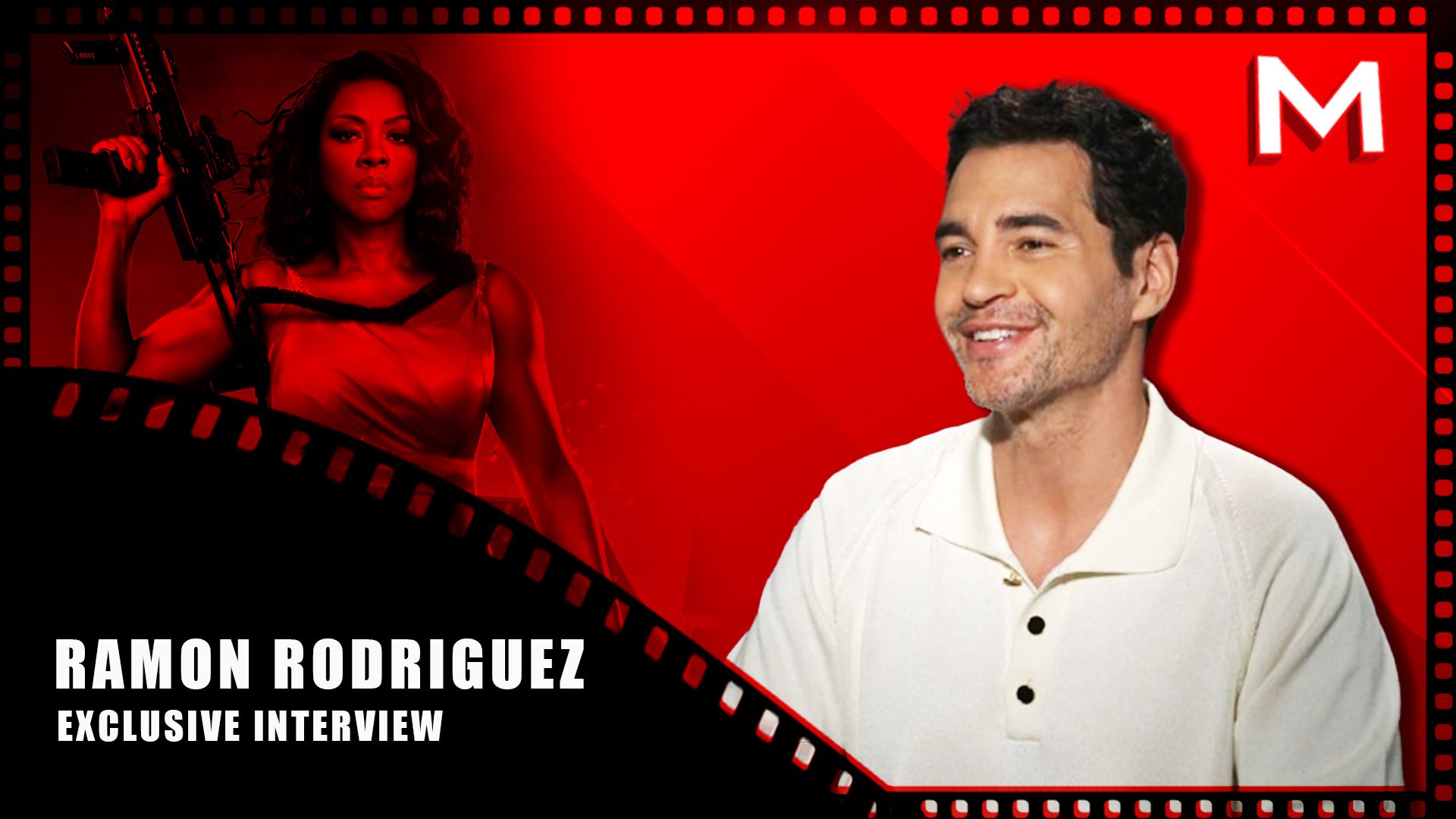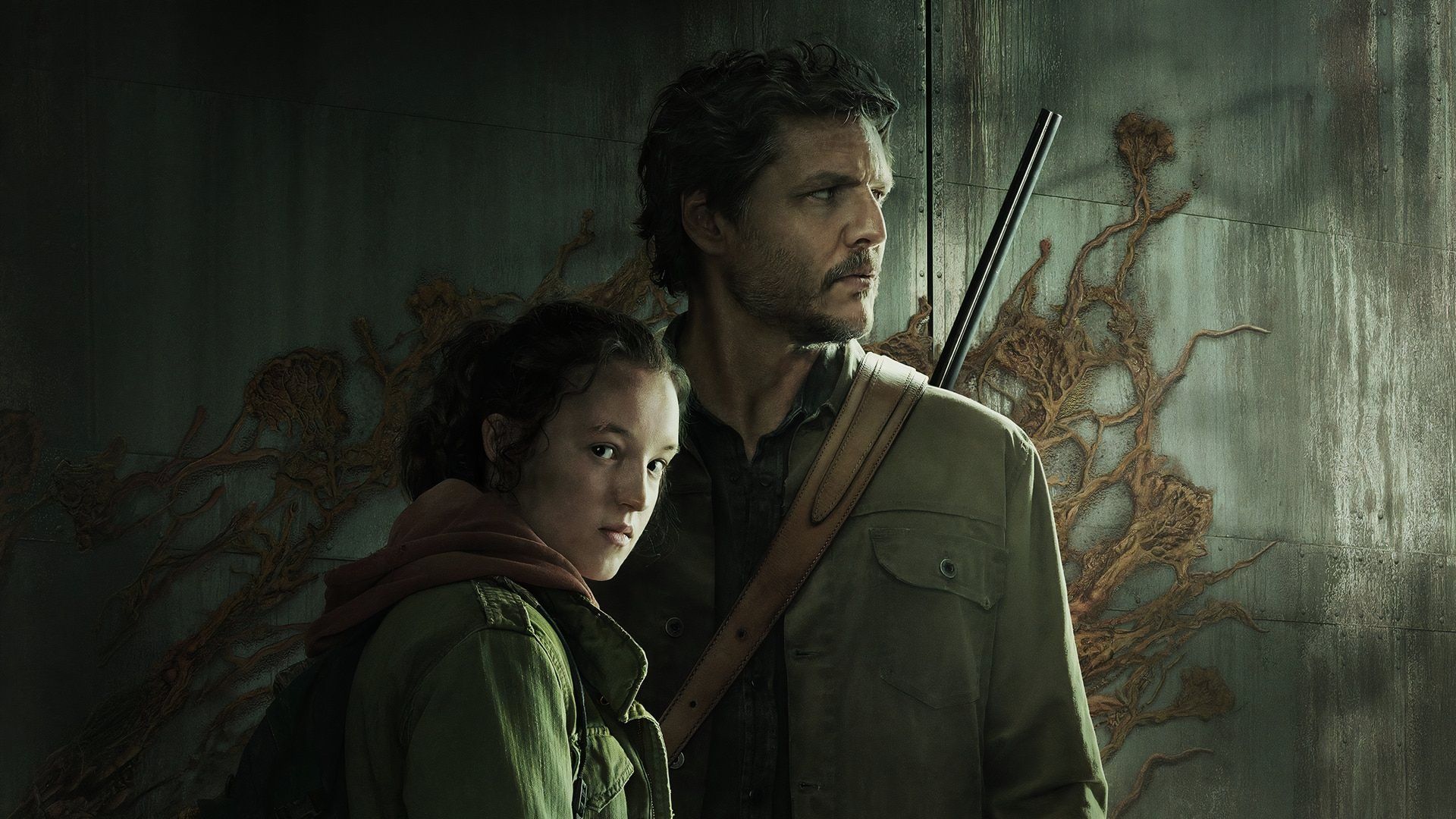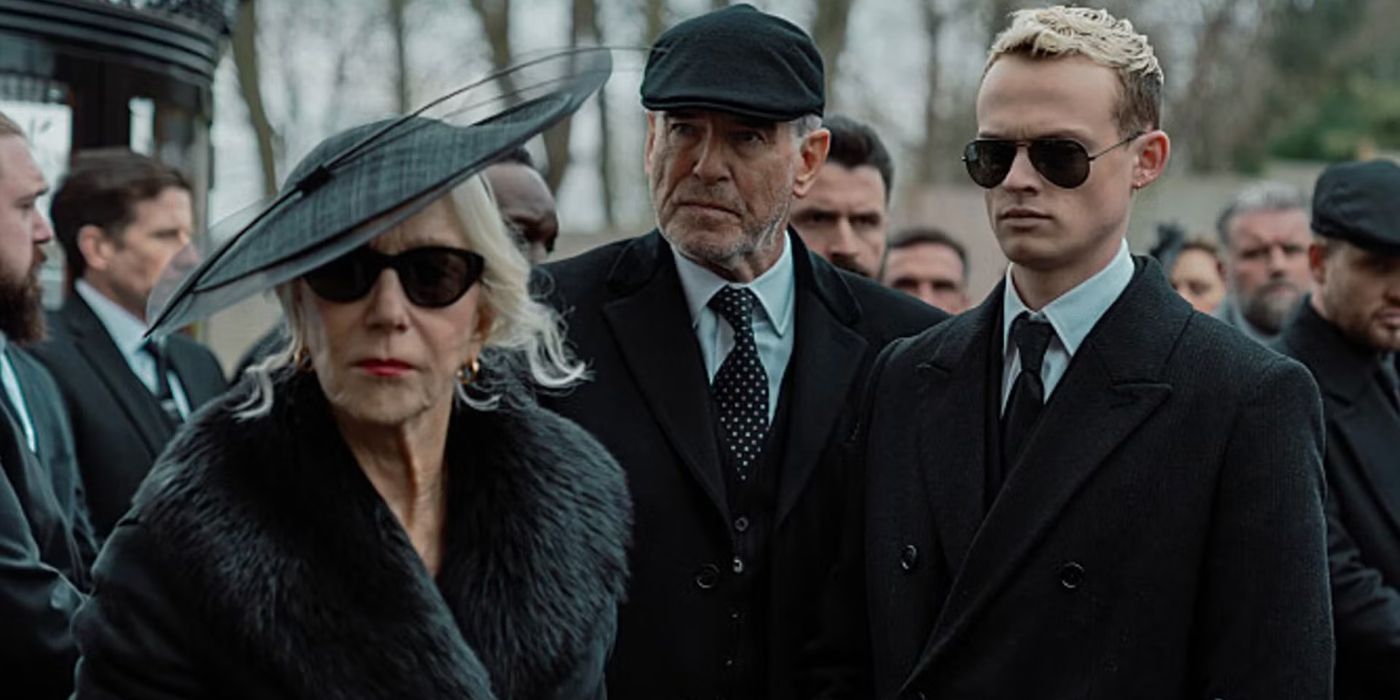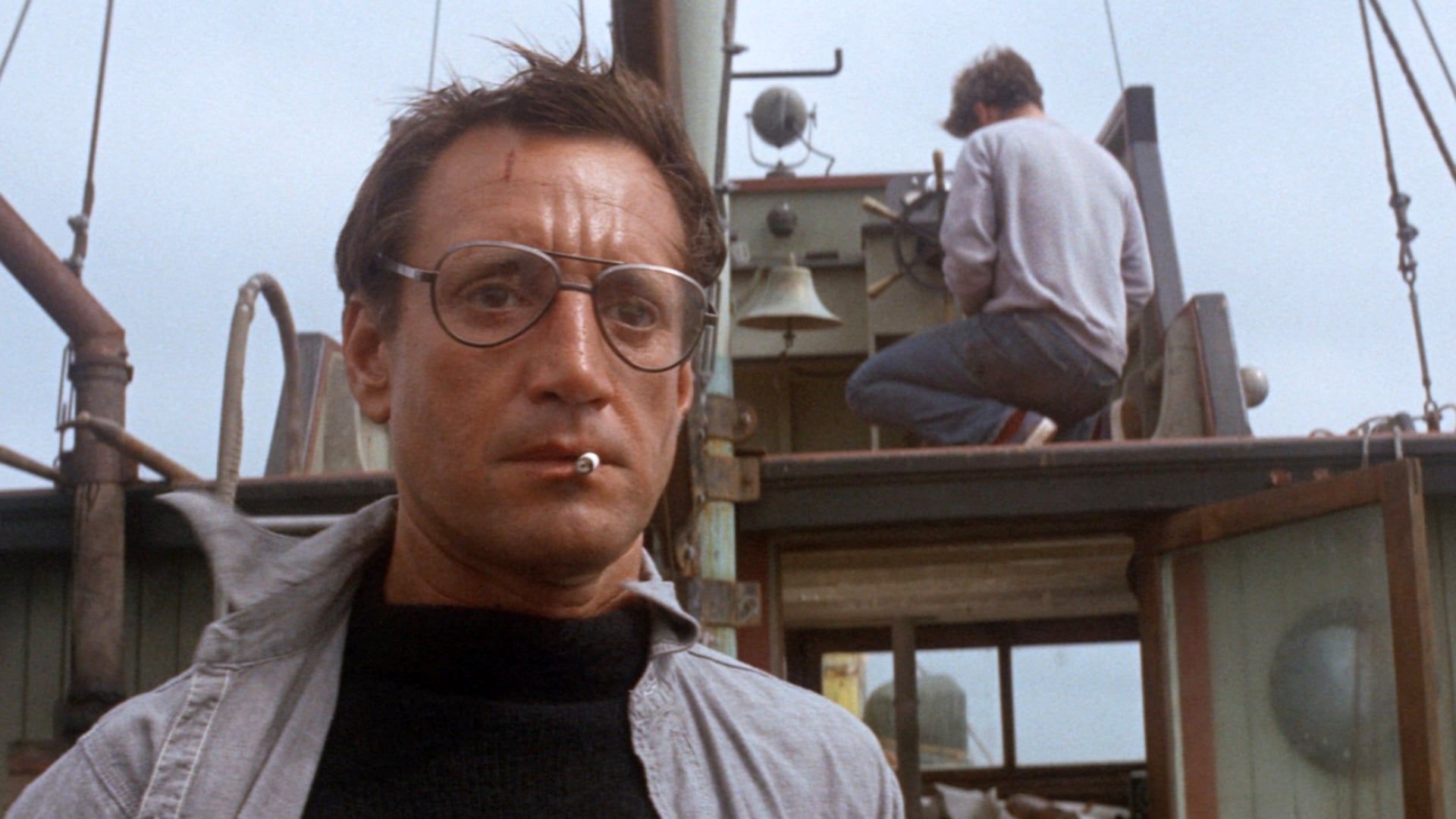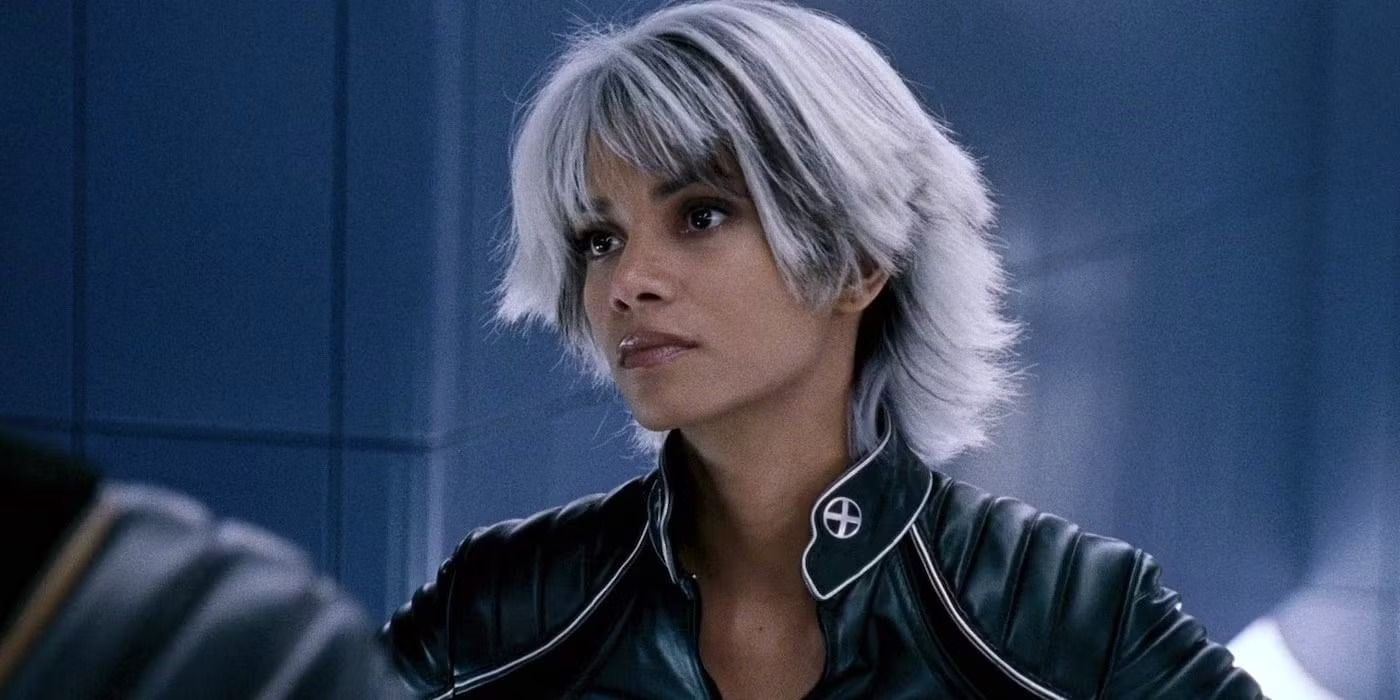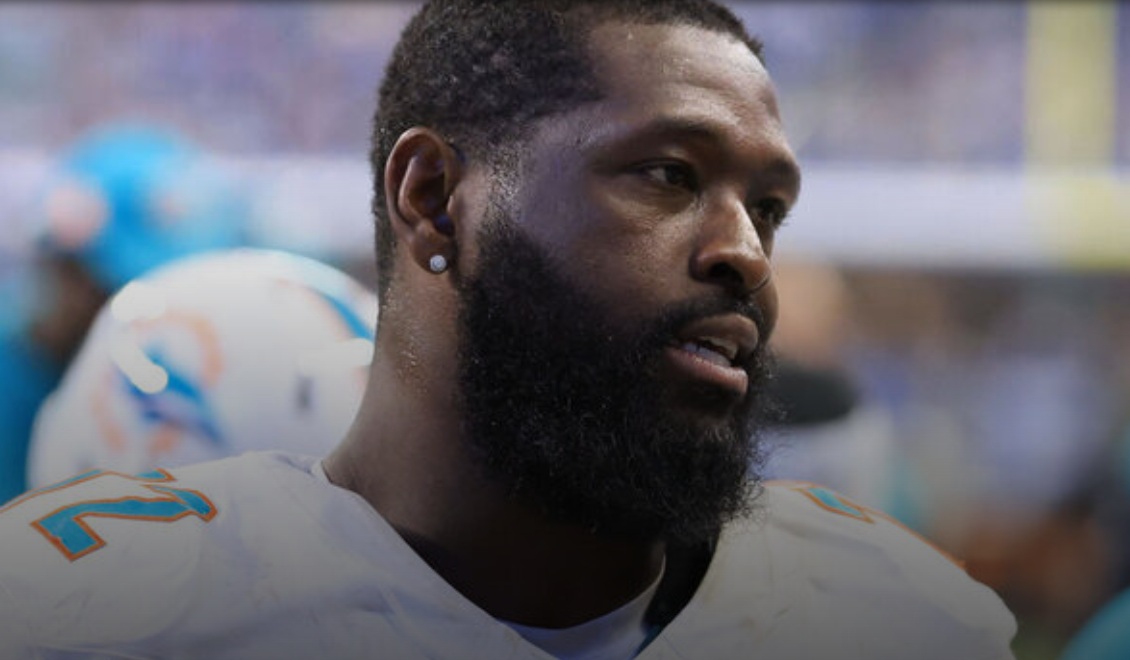Jaws, the horror classic that generated the term “blockbuster” in 1975, is returning to Netflix. Not only is Spielberg’s first film of the franchise being added to the streaming platform, but the sequels Jaws 2 (1978) and Jaws 3-D (1983) will also be available. The only movie not joining them is the critically panned 1987 entry, Jaws: The Revenge. However, we’re pretty sure not many will be pleading for that, as it’s often considered one of the worst movies of all time.
Jaws follows Chief of Police Martin Brody as he tries to deal with chaos after a body washes up ashore. The mangled body draws Brody’s attention, who immediately sets off the alarm for the presence of sharks in the area. The problem is that the Mayor of Amity Island doesn’t agree; he just wants to get the best out of summer tourists who will flood the beaches. However, when a boy gets eaten in front of hundreds of vacationers, panic sets in. With the help of a marine biologist named Matt Hooper (Richard Dreyfuss) and shark hunter Quint (Robert Shaw), Brody goes on the hunt for a monster before it can feed again.
Released by Universal Pictures in 1975, Jaws was a huge gamble for the studio. After several production mishaps and going over budget and schedule, Jaws was considered a risky project led by a young director who, at the time, didn’t have the back catalog of hits he has today. As it turned out, failure did play a part in how successful the film turned out to be, as several changes needed to be made as “Bruce” the mechanical shark often didn’t work as intended. For this reason, the shark’s appearances are incredibly limited, to the point it doesn’t appear at all in the first hour of the movie, save the occasional dorsal fin.
Regardless of the issues surrounding its production, the film was released nationwide, and in ten days, it recovered its entire cost of production. People flooded the theaters and occupied all the surrounding blocks, hence the term “blockbuster.” The film was so successful that it gave Hollywood’s biggest studios a blueprint for how summer releases should be planned, an outline that some studios still follow today. At the Academy Awards, Jaws won three Oscars for Best Film Editing, Best Original Dramatic Score, and Best Sound.
Why is Jaws the Quintessential Horror Classic?
It’s curious that, out of all genres, a horror film was responsible for paving the way for every big summer movie that followed in Hollywood. After all, the genre has always been maligned as secondary and, in some ways, offensive to those who don’t see any kind of artistic value in it.
Sometimes, it’s all about tone. Something Spielberg knows a thing or two about, and which he always knows how to handle, regardless of the genre. His films are perfect forms of entertainment, emotional, beautiful to look at, and very compelling. And most importantly, he knows his limits and when to draw the line. With a few exceptions, like Indiana Jones and the Temple of Doom, Spielberg knows when to stop in order to keep the thrills inside the boundaries of “safe” entertainment.
Jaws is a great example of a two-act movie. After the horrifying iconic opening, the film spends a long time building an ebb and flow of tension, all accompanied by a John Williams score that has become synonymous with lurking danger – even when being used in parody form. As the death toll and fear on Amity Island reaches its height, the film pivots to a battle of man vs nature, as Brody, Hooper, and Quint set out to rid the beaches of their tormentor, which leads to a thrilling, hold-your-breath final act.
Jaws
is currently streaming on Max, and it will arrive on Netflix on September 1.
You can view the original article HERE.

